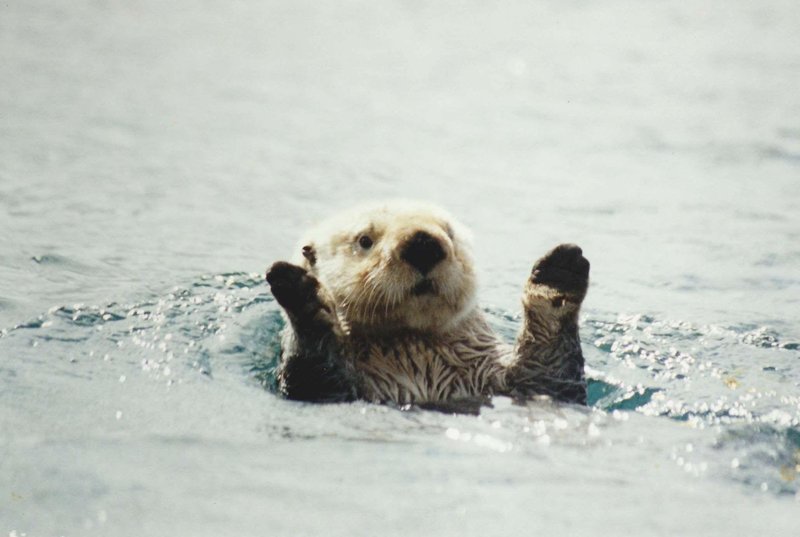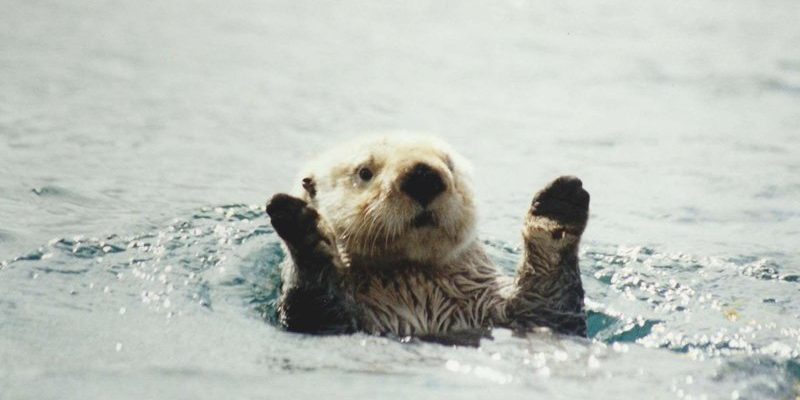
You might be wondering if it’s safe to approach them or if you should just watch from a distance. Here’s the thing: while sea otters are curious and engage in some fascinating behaviors, they are also wild animals that deserve our respect and caution. Let me explain how to navigate this encounter so you can enjoy the moment while keeping yourself and the otter safe.
Why Sea Otters Are Important
Before we dive into what to do when you encounter a sea otter, let’s talk about why these animals matter. Sea otters play a vital role in their ecosystem. They help maintain kelp forests by preying on sea urchins, which, without their natural predator, can devastate these underwater plants. Kelp forests, in turn, provide habitat and food for a variety of marine life.
The otter’s presence is also an indicator of the health of the marine environment. Healthy otter populations suggest a balanced ecosystem, while declines can signal problems in the ocean’s health. So, the next time you spot a sea otter, remember that you’re witnessing not just an adorable creature, but an essential part of nature’s web.
Where to Spot Sea Otters
If you’re on a quest to encounter a sea otter, knowing where to look can make all the difference. Sea otters are usually found along the northern Pacific coast, from Alaska down to California. They love rocky shorelines, kelp forests, and areas with abundant marine life.
You might spot them floating on their backs, often wrapped in kelp to keep from drifting away as they snooze. They’re quite social, often resting in groups called rafts. You might even see a mother otter cradling her pup on her belly, which is an adorable sight! Look for them during the day, as they are diurnal and typically active in sunlight.
Keep Your Distance
When you encounter a sea otter, remember to maintain a safe distance. These animals are wild, and while they can seem approachable, they can also feel threatened by human presence. Approaching too closely can stress them out or disrupt their natural behaviors.
Here’s a good rule of thumb: try to stay at least 50 yards away. This distance allows you to enjoy watching them without interfering with their daily lives. You can use binoculars or a camera with a zoom lens to get a closer look while keeping that safe space.
Respect Their Space
Along with keeping your distance, respecting a sea otter’s space means avoiding actions that could disturb them. This includes loud noises, throwing objects, or attempting to feed them. Humans feeding wildlife can lead to serious problems, like dependence on human food or aggressive behavior.
If you notice the otter becoming restless or moving away, it’s best to back off and let them resume their activities. Remember, you’re the guest in their world, and it’s essential to engage respectfully.
What to Do If an Otter Approaches You
You might be surprised if a sea otter decides to swim close to you. While their curiosity can be endearing, it’s crucial to handle the situation with care. Here’s what to do if an otter comes near:
1. Stay Calm: If an otter approaches, breathe and stay still. Sudden movements can scare them away.
2. Observe: Take a moment to enjoy the experience! Watch how they move and interact with their environment.
3. Avoid Touching: No matter how tempting it may be to reach out and pet them, remember that they are wild animals. Touching them can be dangerous for both you and the otter.
Understanding their behavior can also enhance your experience. Sea otters often display curiosity and playfulness, and you might witness some unique antics if you observe them from a respectful distance.
Signs of Distress
While sea otters are typically playful, there are signs that can indicate distress. If an otter appears lethargic, isolates itself from the group, or has visible injuries, it might need help. Here are a few signs to look out for:
– Lack of movement or floating in one spot
– Difficulty keeping itself afloat
– Visible injuries or unusual behavior
If you notice any of these signs, it’s best to contact local wildlife authorities or marine rescue organizations. They have the training and resources to provide the necessary assistance.
Enjoying the Moment Responsibly
Watching sea otters in their natural habitat can be a magical experience, reminding us of the beautiful complexities of nature. Take this moment to appreciate not just the otters, but the entire environment around you.
Bring a journal to note your experiences, or share your observations with friends if you’re out with company. Taking pictures from a distance can also help you capture the moment without intruding. Just remember that the best way to enjoy wildlife is to preserve it for generations to come.
By following these guidelines, you can safely appreciate the charm of sea otters while ensuring they remain wild and healthy. Respect, distance, and observation can create wonderful memories without compromising the welfare of these fascinating creatures.
As you venture out into coastal areas, keep an eye out for these lively little swimmers. Remember that encountering a sea otter is a privilege, and with a little care, you can enjoy this breathtaking experience responsibly!

